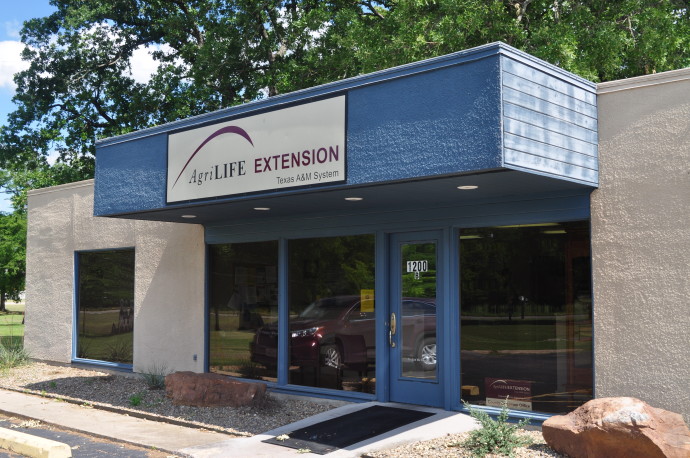
Here are Texas A&M AgriLife recommendations for the garden in April:
Prune spring-flowering shrubs soon after flowering. Keep the natural shape of the plant in mind as you prune, and avoid excessive cutting except where necessary to control size.
Roses have high fertilizer requirements. For most soils, use a complete fertilizer for the first application just as new growth starts, then use ammonium sulfate, or other high nitrogen source, every 4 to 6 weeks, usually just as the new growth cycle starts following a flowering cycle. For organic sources use cottonseed, rotted manures or alfalfa meal. Continue to spray rose varieties susceptible to black spot, using a spray recommended for fungus control every 7 to 10 days. Many of the Old Garden Roses and some of the newer ones have considerable resistance to black spot. Climbing hybrid tea roses may be pruned as soon as they complete flowering.
Removing spent flowers, trimming back excessive growth, and applying fertilizer to an established annual bed can do wonders towards rejuvenating and extending the life of the planting. As soon as azaleas have finished flowering, apply an acid type fertilizer at the rate recommended. Don’t over fertilize, as azalea roots are near the surface and damage can occur. Water thoroughly after fertilizing.
Seeds of Amaranthus, celosia, cosmos, marigold, portulaca, zinnia and other warm-season annuals can be sown directly in the beds where they are to grow. Keep seeded areas moist until seeds germinate. Thin out as soon as they are large enough to transplant. Surplus plants can be transplanted to other areas.
It will soon be time for bagworms to attack junipers and other narrow-leafed evergreens. Control measures, such as Sevin dust or spray, should be applied while the insects and the bags are about one-half inch in length.
When caterpillars attack live oak trees en masse, it is very alarming, but usually nothing can be done. A healthy live oak will usually regrow its leaves and resume normal activities.
For instant color, purchase started annual plants. Select short, compact plants. Any flowers or flower buds should be pinched to give plants an opportunity to become established.
Check new tender growth for aphids. A few can be tolerated, but large numbers should be controlled. Always follow label instructions on approved pesticides for control. Washing them off with a strong spray of water may be all that is necessary for adequate control.
Many flower or vegetable seeds left over after planting the garden can be saved for the next season by closing the packets with tape or paper clips and storing in a sealed glass jar in your refrigerator. Start weeding early in the flower garden. Early competition with small plants can delay flowering. A mulch will discourage weed growth and make those that do come through easier to pull.
Soil purchased for use in beds, low areas, and containers should be examined closely. Often, nut grass and other weeds, nematodes, and soil-borne disease are brought into the yard through contaminated soil sources.
For more information on this or any other agricultural topic please contact the Hopkins County Extension Office at 903-885-3443.

Submitted by Mario Villarino, Texas AgriLife Extension Service, Hopkins County Agriculture and Natural Resources Agent, [email protected]







